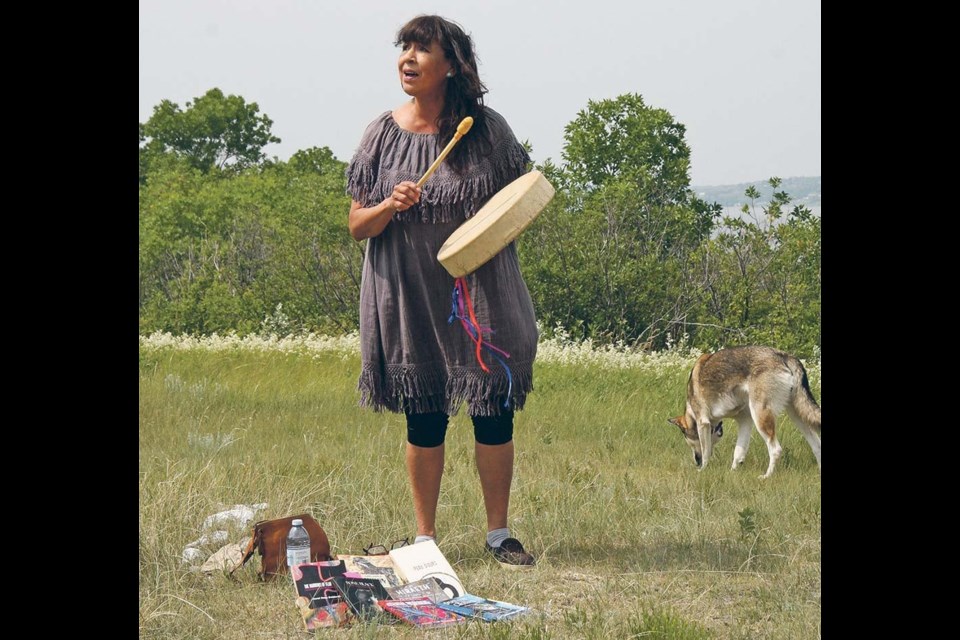LUMSDEN BEACH, Sask. — Lumsden Beach Camp is the oldest summer camp in Western Canada, taking in adults and children since 1905.
Now, it’s welcoming others after joining the Treaty Land Sharing Network a couple years ago.
The camp is on nearly 260 acres of mostly native prairie that the United Church of Canada wants to keep as natural as possible.
That makes it ideal for First Nations people who want to pick sage, walk the land and use the landscape for inspiration and reflection.
“We’re trying to do our own part in reconciliation” said camp director Kylie Orr during a TLSN event earlier this summer.
First Nations people, farmers and ranchers gathered to share the space and reflect on their roles in the process.
Network member Joel Mowchenko said participants are still figuring out how to make reconciliation work.
“There was never a ‘here’s what we’re going to do and here’s how we’re going to do it’,” he said.
But there are different opportunities to share the land and make progress, he said.
Some of those include land-based learning and making art.
Saskatchewan’s poet laureate, Carol Rose GoldenEagle, who lives further along the lake, said being out on the land is a key tenet of reconciliation.
“Art is the healing path for so many people,” she said as she sang, drummed and read some of her poetry.
Tom Harrison runs about 250 cows right next to the camp and rents some of its land for grazing. He talked about the importance of taking care of the land and sharing what he uses it for.
His family has partnered with the Prairie Conservation Action Plan’s adopt-a-rancher program to bring out high school students to learn about agriculture and the environment and is also a TLSN participant.
“We think it’s important that we share that,” he said of what they do on the land, but he said an experience with a First Nation person looking for certain rocks led him to consider how other people use it.
Still, they thought a lot about opening access to their land.
“Our biggest concern was the safety of our animals, the people, ourselves,” he said. “I want to make sure I know who’s out there.”
Landowners participating in the TLSN believe that they have a responsibility to share the land to fulfill treaty relationships. However, for everyone’s safety, access is only on foot to gather plants, medicine and sweat rocks, hunting and ceremonies.




